Blog
‘O Canada’ Part 1: Leading through Disruption at CAIS, October 2025

Dr Simon Hyde
Chief Executive, HMC
Read the blog
The Canadian Accredited Independent Schools or CAIS is the main national association for independent schools in Canada. Formed in October 2009, it is the product of a merger between CAIS, the Canadian Association of Independent Schools and CESI, the Canadian Education Standards Institute and therefore combines the roles of a schools’ association and an accreditation (or inspection) body. The association itself was formed from a merger of the Canadian Girls’ Schools Association and the Boys’ Schools’ Association in 1981, and both those associations trace their origins back to the 1930s.
As in some other Commonwealth countries, HMC’s links with Canada predate the formation of national associations. St Andrew’s College Toronto was a founder member of the international division when it was established in 1921, whilst Trinity College School, Port Hope and Upper Canada College joined in 1923 and 1925 respectively. 15 Canadian schools have at some point been international members of HMC. Today two schools remain: Crofton House, Vancouver and St Michael’s University School (SMUS) in Victoria.
It was therefore a particular pleasure for me to be able to take up the invitation from my opposite number at CAIS, Dr Anand Mahadevan, to attend CAIS’s Heads’ and Chairs’ Conference in Kelowna, British Columbia. Colleagues may have met Anand at our recent conference at Celtic Manor.
Although Canada is vast, stretching across six time zones, its population is relatively small (just over 41 million) and CAIS consists of 93 schools, with three outside Canada: two in Bermuda and one in Switzerland. 56,000 students are educated in CAIS schools and around 6.5% of children attend Canada’s 1,700 private and independent schools.
As an accrediting body, CAIS shares responsibility for inspection with the ten provincial governments. Education in Canada is a provincial responsibility, and each province carries out regulatory and compliance checks, whilst the CAIS accreditation system is more extensive. Grounded in the principles of peer review, accreditation by CAIS has much in common with the ISI of the late 1990s and early 2000s. Teams are large and report on an array of standards, making recommendations and awarding commendations for excellence. One great advantage of the joint role (association and accreditation body) is that CAIS can provide powerful feedback to members. Indeed, the planning for the Kelowna conference had partly been informed by areas where schools might benefit from further help and support.
Peer review ensures that the system remains both constructive and rigorous, though to an outsider it could perhaps be seen as the sector marking its own homework. The move to a ten-year inspection cycle, with a shorter check at the half way point has been proposed as a means of catching up with a backlog of accreditations from Covid, but it seems that inspection and lesson observation are much less a feature of state or government schools.
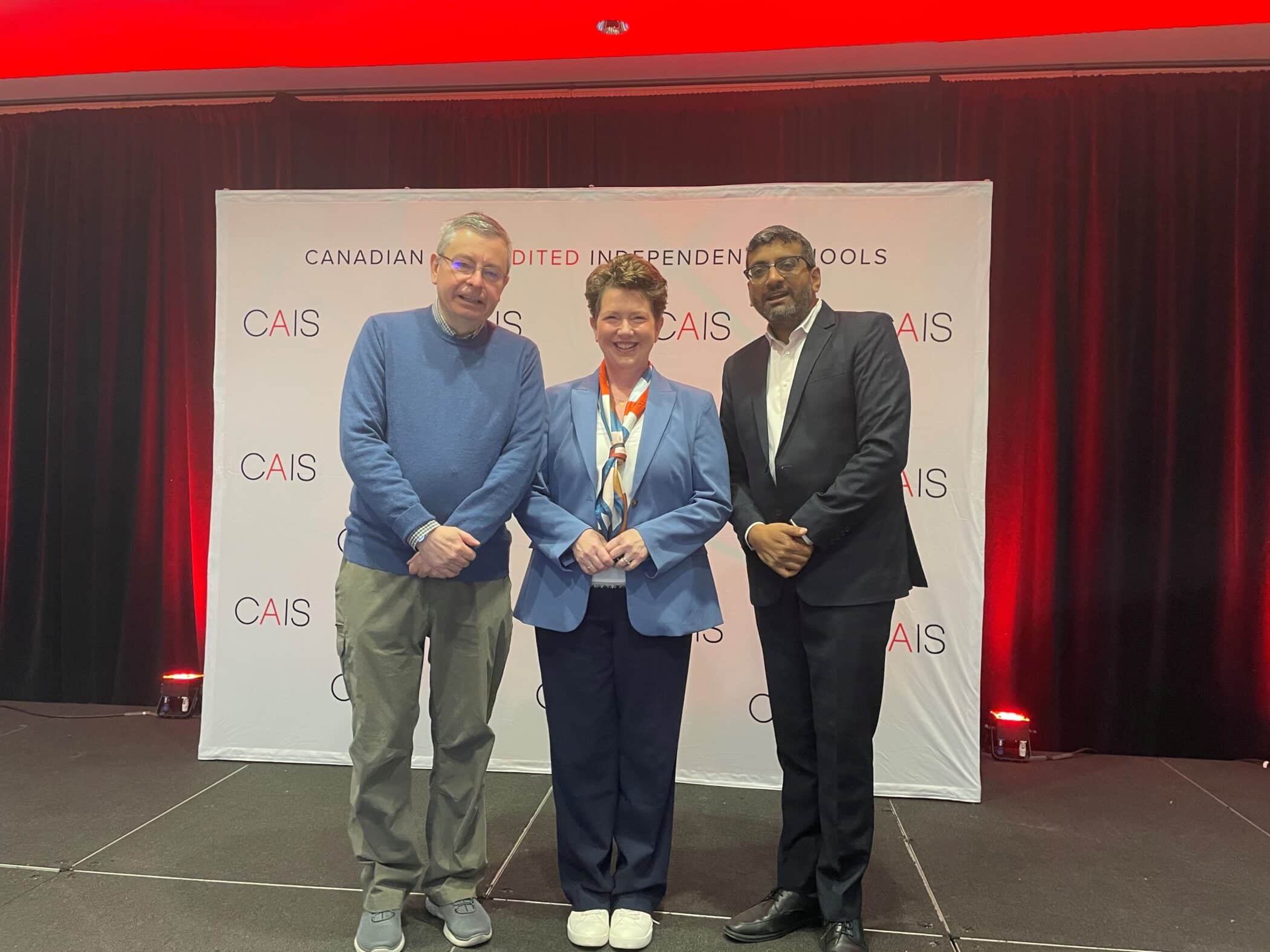

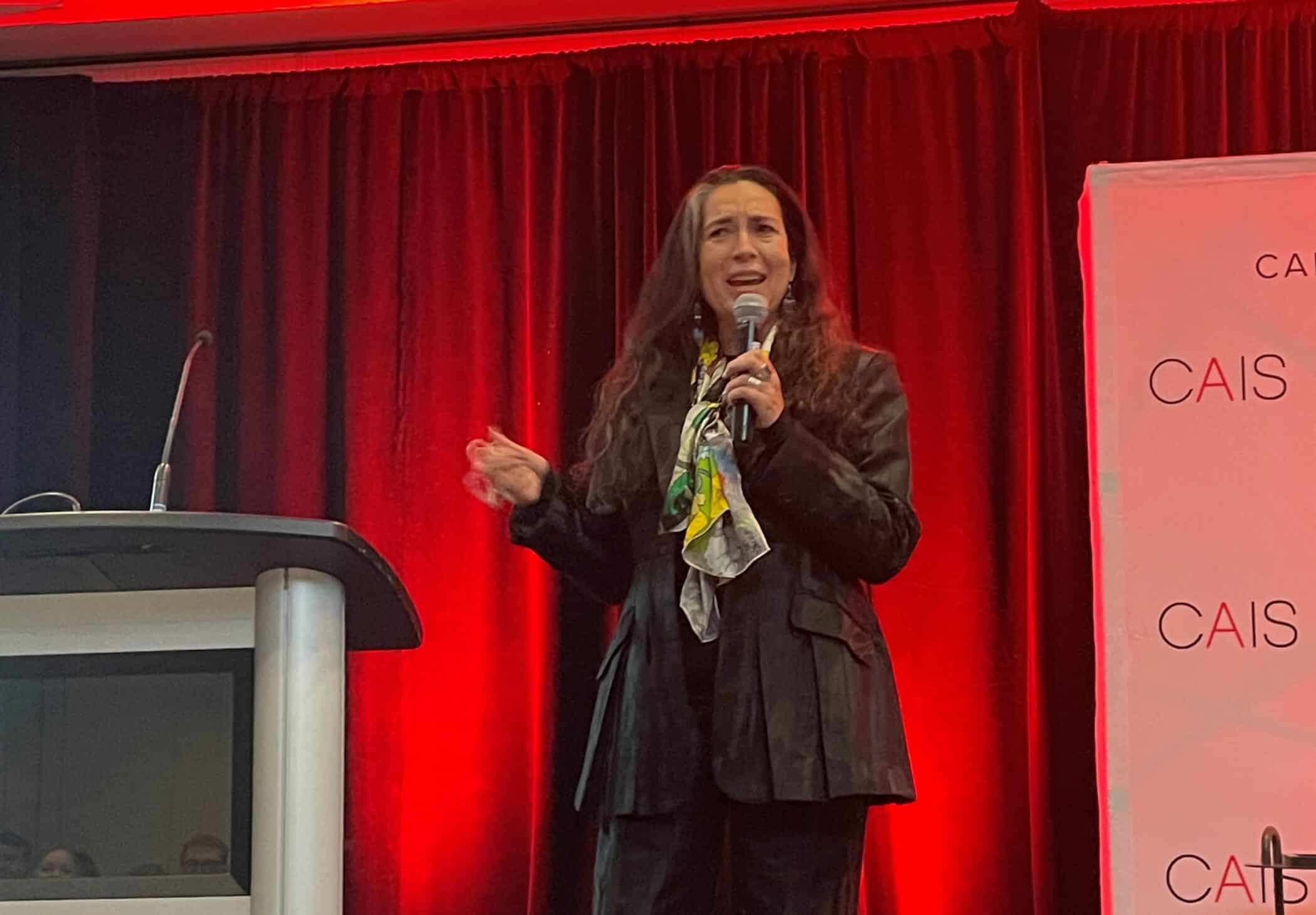
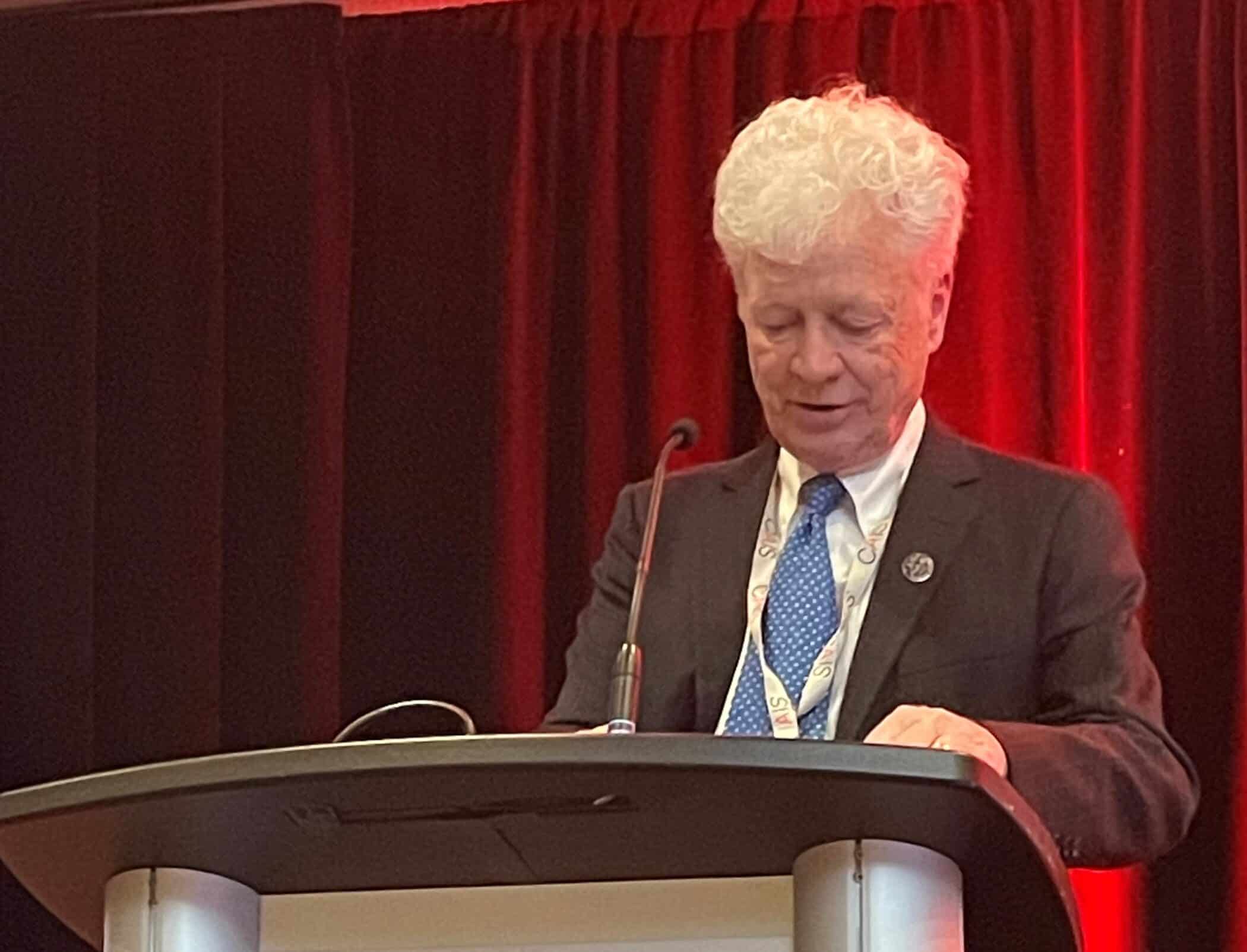
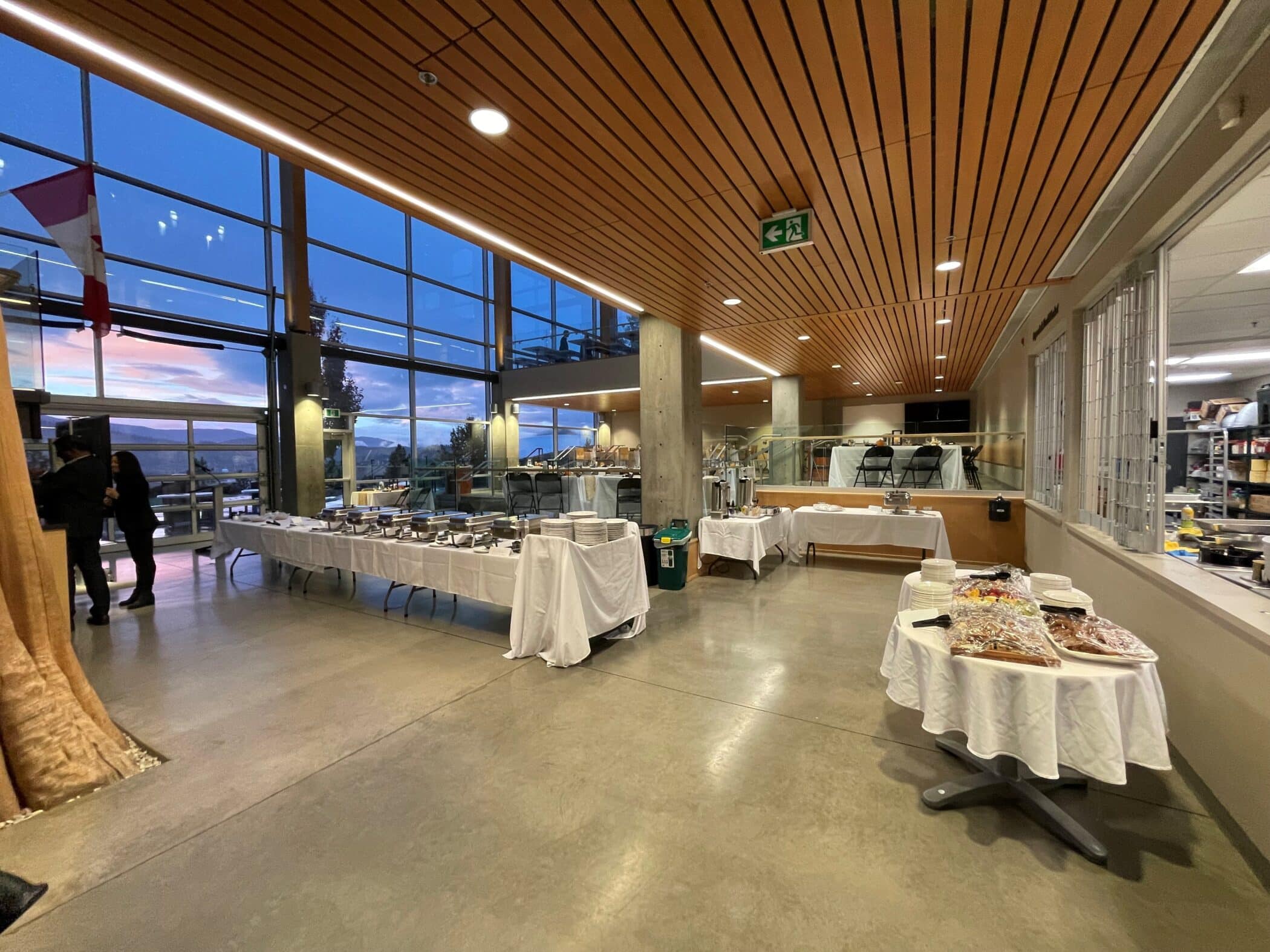

The conference theme for 2025 was ‘leading through disruption’, a nod not only to global economic and financial trends, but also the disruptive influences of technology, mental health challenges and political and social polarisation. Looming large, though rarely articulated explicitly (Canadians are much too polite) was the shadow of Donald Trump’s America, and as I write the President has once again ended trade talks with Canada in retaliation for an advertisement placed by the Ontario government using Ronald Reagan’s words to spread an anti-tariff message to an American audience.
Like our own conference, CAIS holds its annual meeting of Heads and Chairs across the country. This year it was the turn of British Columbia and the resort of Kelowna in wine territory. Kelowna is one of Canada’s fastest growing cities and attracts wealthy Canadians for the breathtaking scenery, the wonderful Okanagan Lake and the opportunity to hike, ski in the winter and enjoy fine summers that help nurture the vineyards. An hour’s flight from Victoria, the airport benefits from direct flights to Toronto and so is accessible without being prohibitively expensive.
The conference was headlined by four remarkable female leaders and thinkers. Tamara Vrooman is President of Vancouver airport and shared her experiences of leading through the disruption of Covid, when she moved rapidly to diversify the airport’s revenue by inviting film studios to use the facility. After a distinguished career in business and as a university chancellor, she pointed to the opportunities that emerge when change at pace is essential and she spoke about the need to focus on human resources and skills. At the same time, we were advised to avoid ‘bureaucracy without outcome’, an important challenge for any institution, not least a school.
Iliana Oris Valente spoke on the second day. An expert on AI, Iliana works in the interface between the corporate world, start-ups, investors and technology. She is MD of North America Innovation Centres at Accenture and offered a tour d’horizon of the transition from generative to agentic to embodied AI, suggesting some implications for education and its present paradigms. For Iliana, it’s not what you know, but who you become that determines whether your schooling has been successful. For her, the key classroom skills are: self-regulation of one’s health, the ability to focus, think critically and develop empathy.
Our third speaker, who had the unenviable task of following a dinner punctuated by the Bluejays score line (the baseball team qualified for the World Series), was Tanya Talaga, writer, journalist and prominent First Nations campaigner and exemplar. Tanya makes meaning from stories and she shared a little of her personal journey as well as the seven grandfather teachings of the Anishinaabe people. Passed down through oral tradition, the teachings or values covered respect, humility, love, bravery, wisdom, honesty and truth. Each teaching is represented by an animal thought to encapsulate the value, like the bear for bravery. The seven teachings offered an approach to the theme of reconciliation, which is the long-term project aimed at reconciling First Nation Canadians with their present-day compatriots, a topic I will revisit.
Our final keynote speaker was Aftab Erfan, Executive Director of the Centre for Dialogue at Simon Fraser University in BC. A planner by training, Aftab explored the conference theme through the lens of conflict resolution. Much of what we consider to be part of a pathway to reconciliation often has little or no impact. Aftab advocated a space for ‘transformative dialogue’ requiring clarification, agreement, learning, then crucially, making of your point (CALM). One school leader, of course speaking on behalf of ‘a friend’ asked whether he (the friend) could avoid holding a town hall meeting on a particularly tricky topic. The response was refreshingly honest: only if compromise were possible. It wasn’t, so I suspect there will be no town hall.
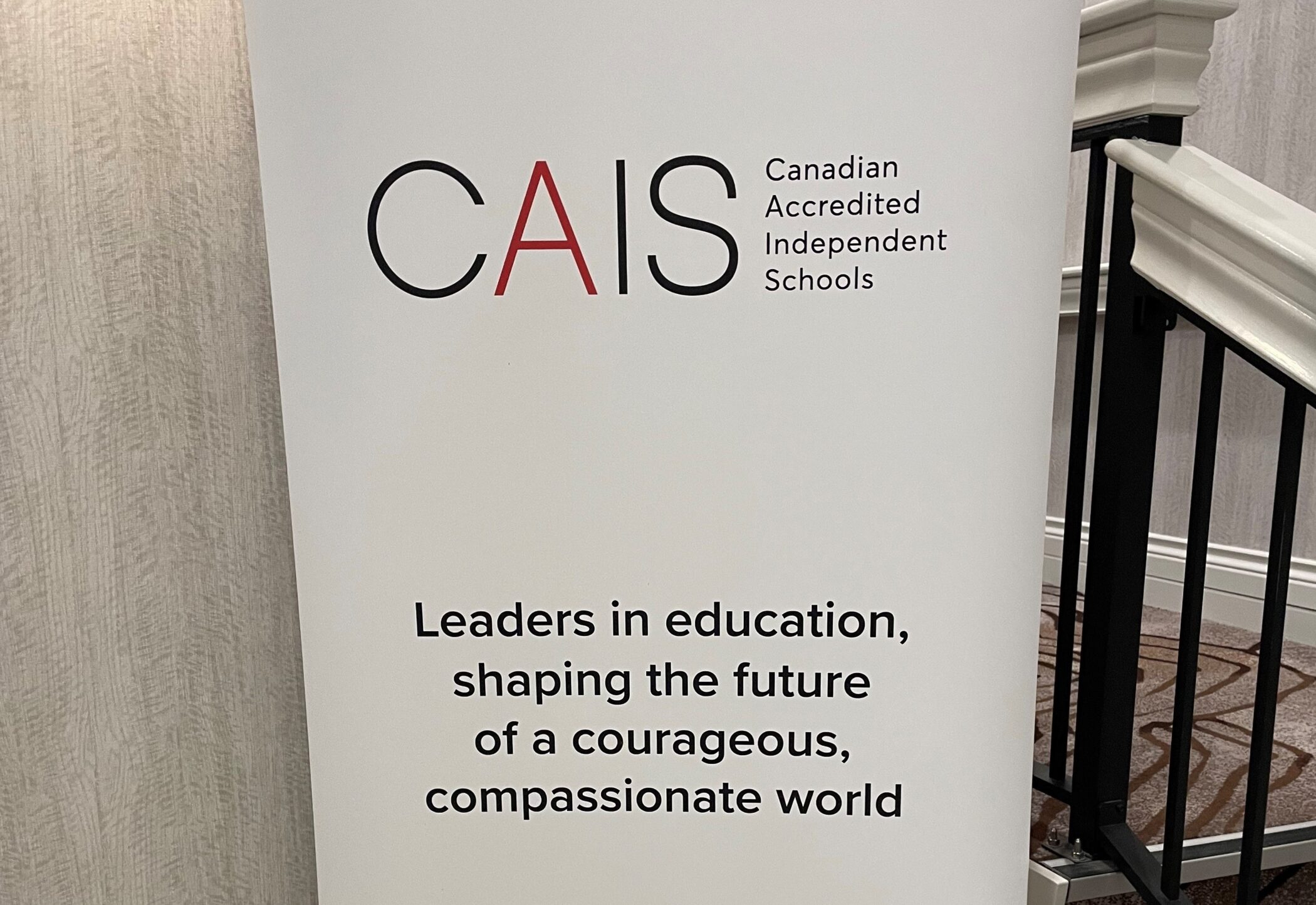

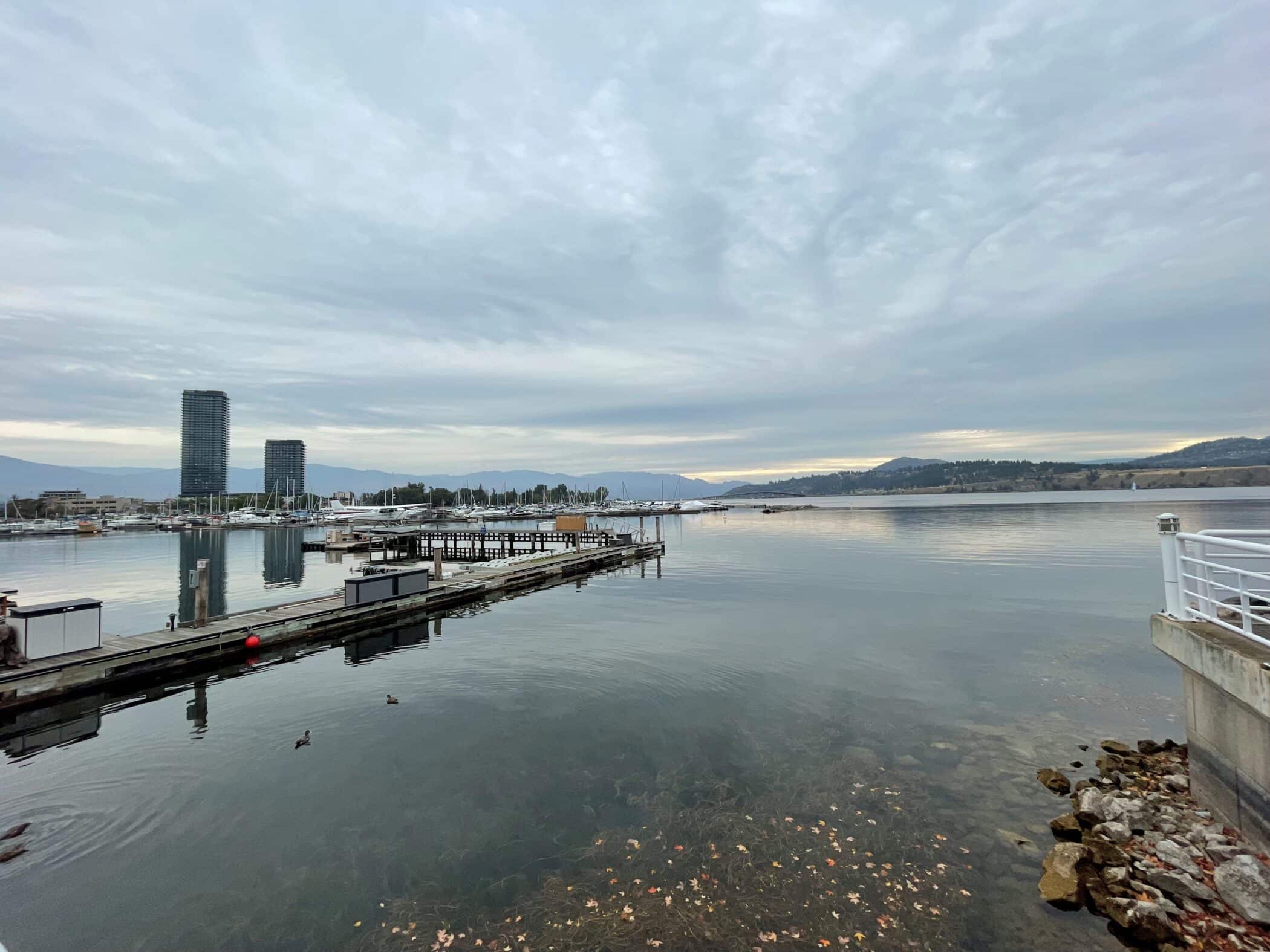
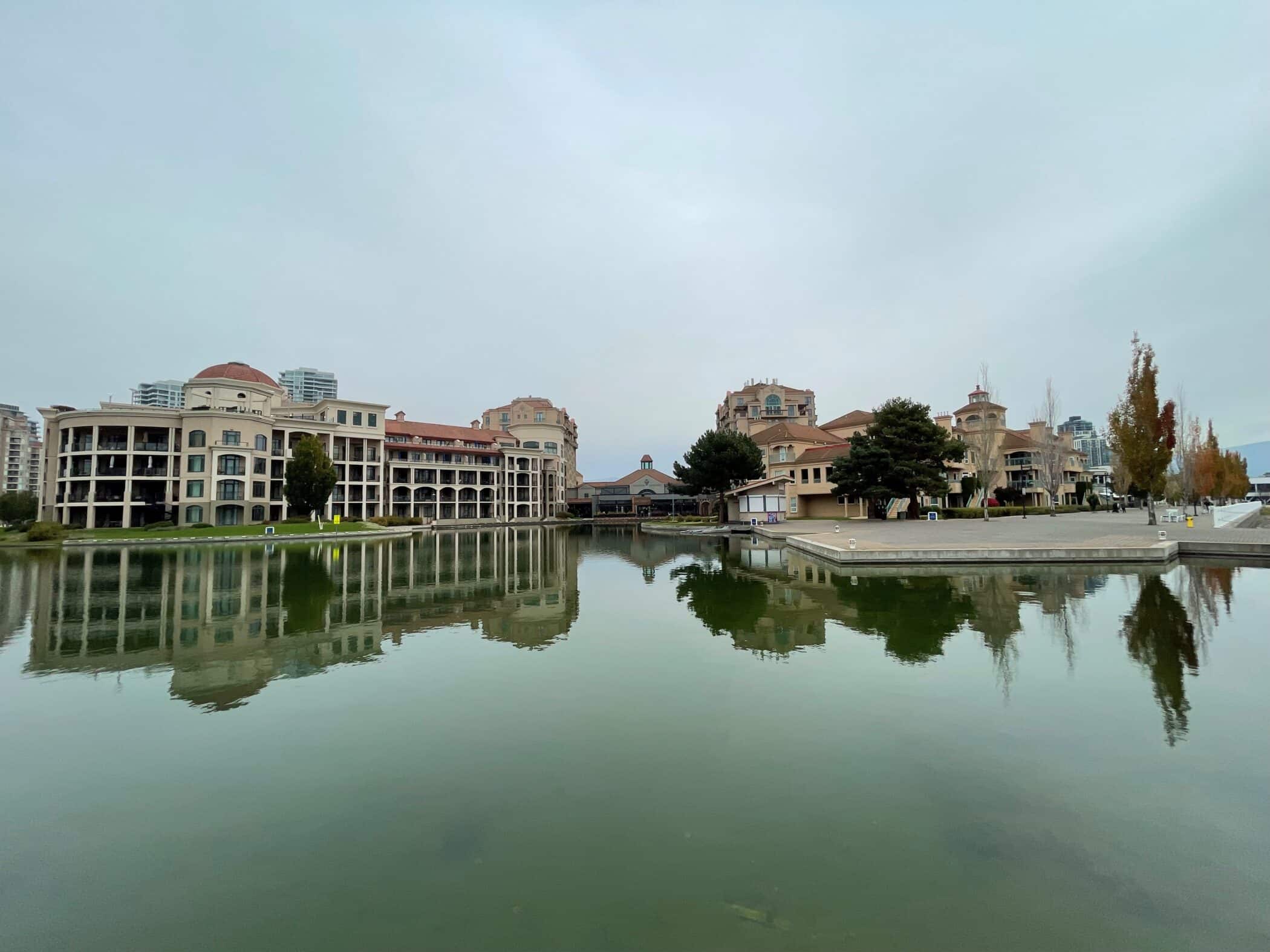
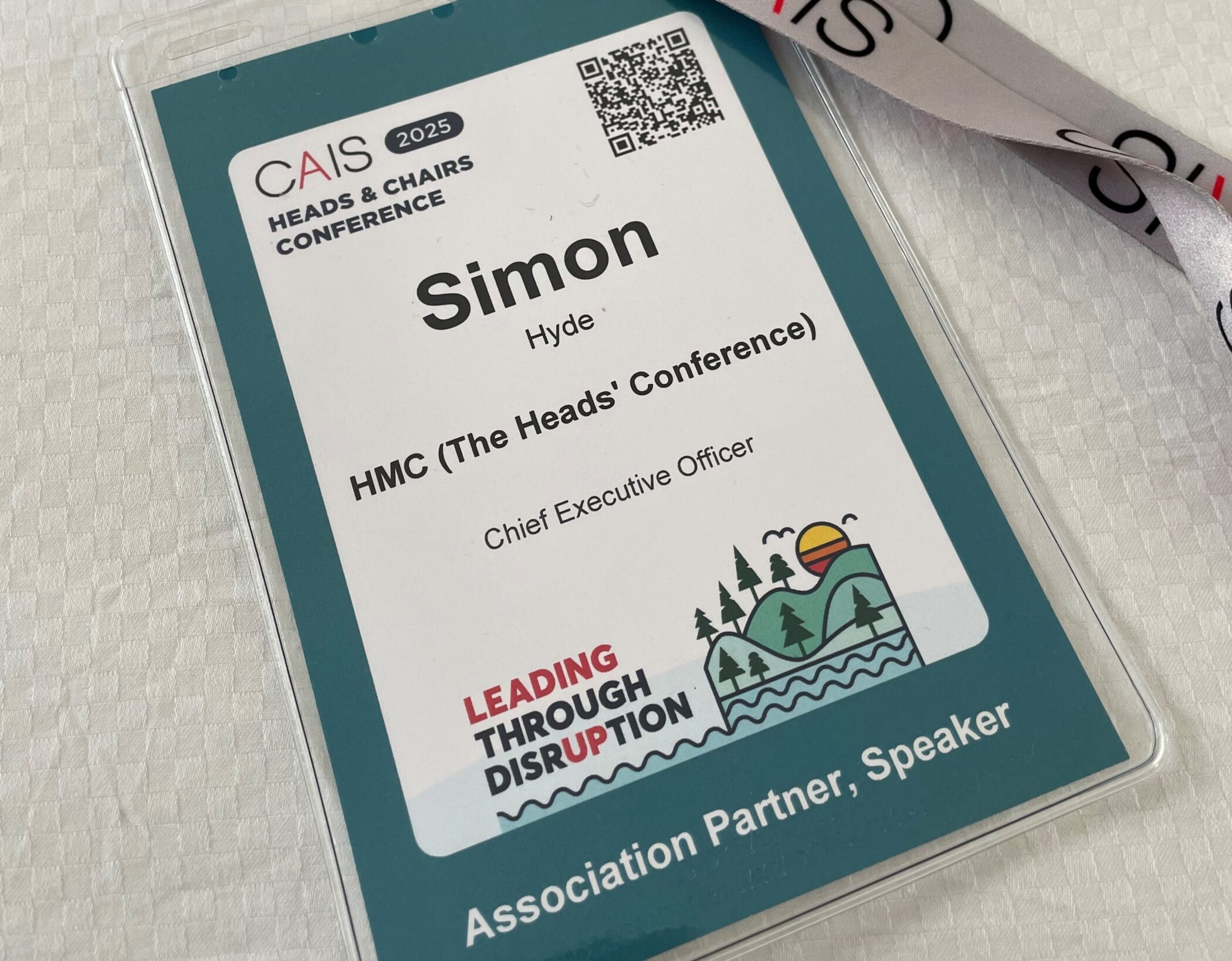
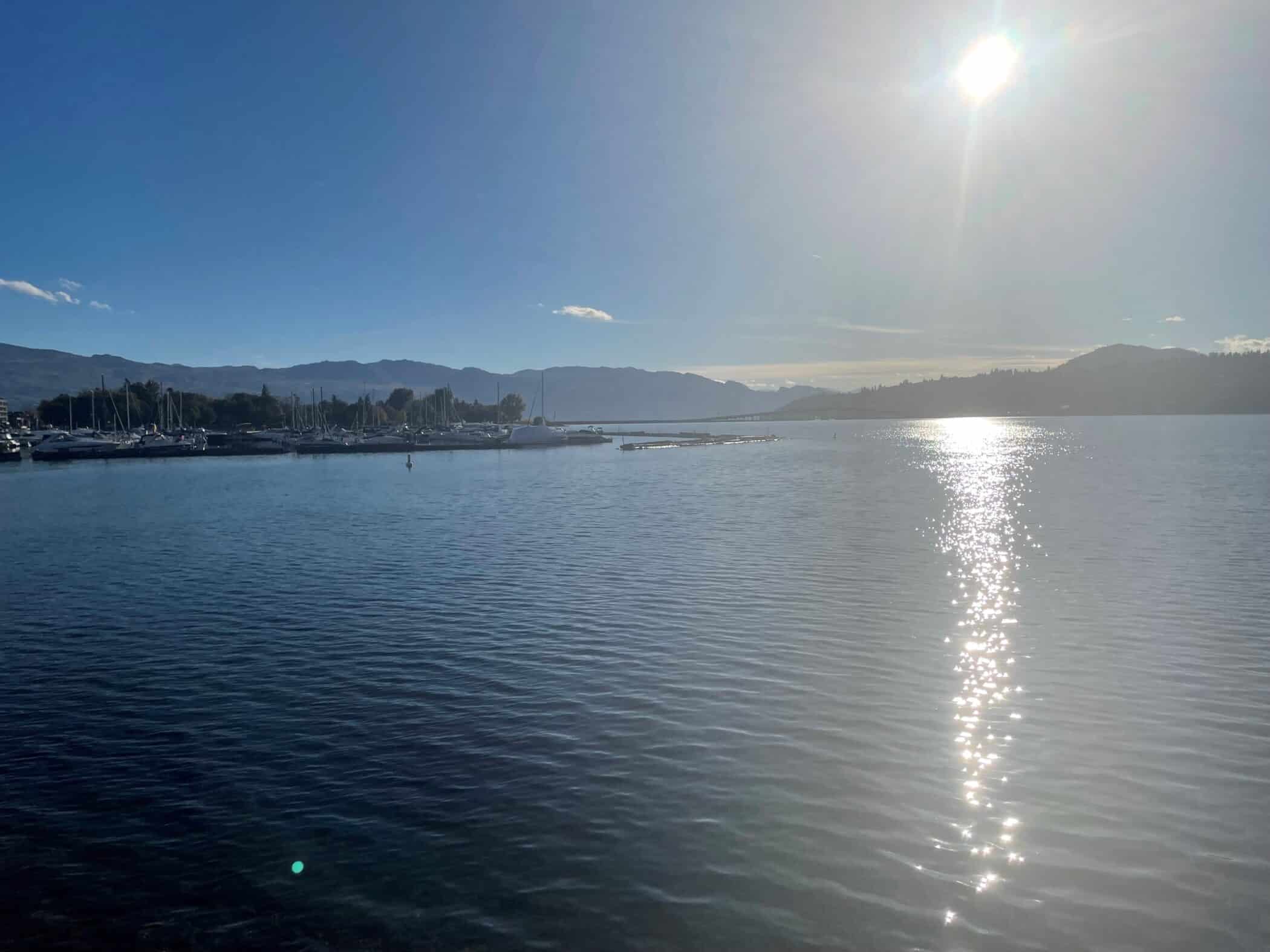
Alongside the usual breakout sessions, which saw me presenting with Susan Baldridge from the Association of Boarding Schools (TABS) on market trends in the US and UK, there was a wide variety of themes including the Board’s role in disciplinaries, Head-Chair partnerships, fundraising and philanthropy and the anatomy of an independent school leader. Less in evidence on this occasion was a focus on teaching and learning and it may be that the dual nature of the conference (for Heads and Chairs) made this less of a focus.
Networking and eating or eating and networking were a major focus. Even the AGM was served with a plated breakfast and the packed lunch at the close of the conference kept me fed for a couple of days. Our Canadian cousins are remarkably hospitable, and on the first evening I was invited to a dinner for new Heads and Chairs in the Cedar Creek winery, on the second evening to the Heads’ dinner at Aberdeen Hall School and to the gala dinner on the final evening. Fortunately, I had already been heeding Iliana’s entreaty to self-regulate and I escaped for an hour or so each day to walk along Lake Okanagan and gaze up to the mountains beyond.
What were my impressions? CAIS is an enormously strong and mutually supportive group of school leaders. They are brilliantly served by Anand, their Executive Director, who is revered by members and his team alike. A dedicated group of staff work hard to keep the association running, organising conferences, supporting PD programmes and co-ordinating accreditations. A Board of 17 directors under the thoughtful and considered leadership of Jim Nellis includes school leaders as well as others whose expertise lies outside education. If I were critical, I would perhaps suggest that the community might benefit from a little more challenge and even disagreement. There was plenty of sound thinking in evidence, but it was relatively conservative (at least on the surface). The United States loomed large, but the rest of the world was perhaps absent, despite the experience of many school leaders I met, who had distinguished careers outside North America.
I remain enormously grateful to Anand, his team and to Jim Nellis for welcoming me to Kelowna and giving me the chance to contribute in some small way to CAIS 2025. In my next blog, I will share some impressions of the twelve schools I was able to visit in British Columbia and Ontario.
What did I learn? Lots! Most Heads and Chairs I spoke to genuinely appreciated the opportunity to spend some focused time together. It’s a significant commitment for Chairs and not all attend, but there is no doubt that it brings greater insight and fellowship with fellow Chairs (who have their own dinner!) Another takeaway was the simple but clever idea of giving speakers a nominal gift, but making a contribution to a worthy charity. And I thought the positioning of open mics around the conference hall much accelerated the audience’s contributions to questions and comments. The pace of the conference was less frenetic than our own, though perhaps that’s very much in the eye of the beholder!